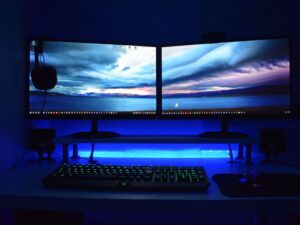Introduction
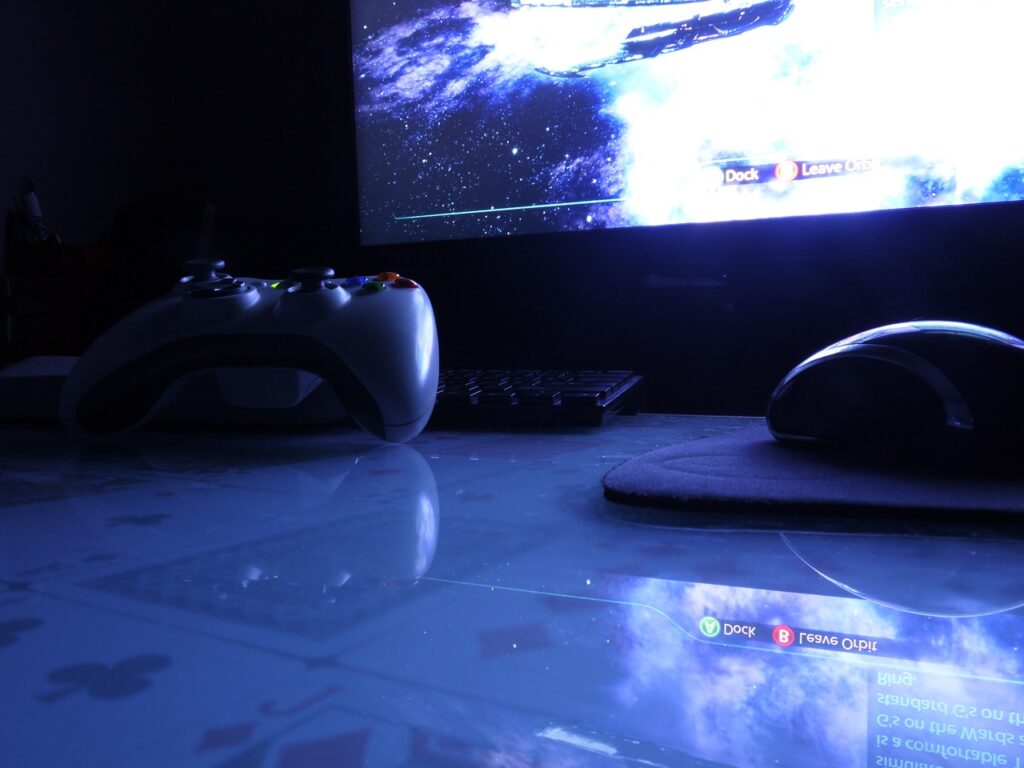
Hook
As a dedicated gamer, you know that having the right, best gaming monitor can significantly enhance your gaming experience.
Purpose:
In this comprehensive guide, we’ll explore the top monitors for gaming, helping you make an informed decision.
Preview:
We’ll cover various aspects such as refresh rates, resolutions, panel types, and much more to ensure you get the best gaming monitor for your needs.
Understanding Best Gaming Monitor Specifications
In the world of gaming monitors, where technological jargon flows freely, it’s essential to have a solid grasp of monitor specifications. Understanding these specifications will not only empower you to make an informed decision but also ensure that your gaming experience is everything you desire. In this section, we’ll break down the essential monitor specifications, demystify the terminology, and explain why each factor is vital for gaming.
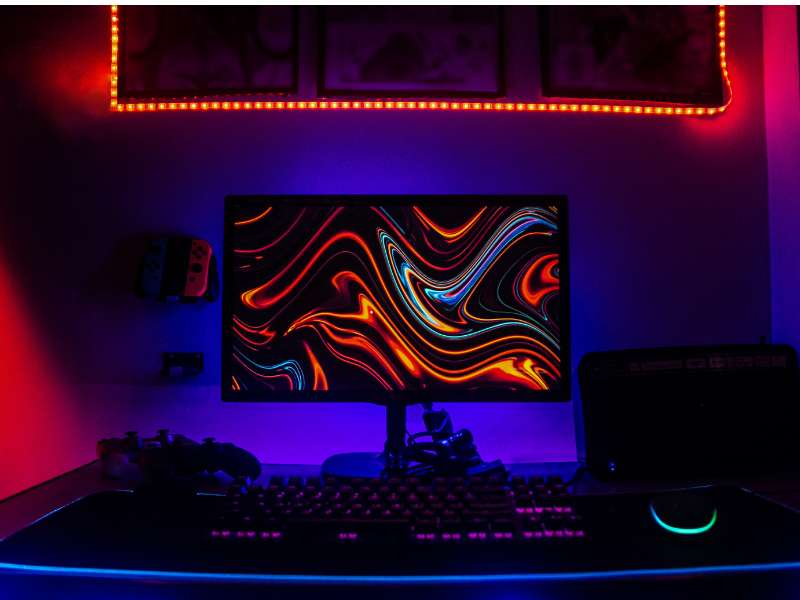
Breaking Down the Jargon
Refresh Rate: The Heartbeat of Your Display
First on our list is the refresh rate. This spec is often expressed in Hertz (Hz) and represents how many times per second your monitor can redraw the screen. For example, a 60Hz monitor refreshes the image 60 times per second. But why does this matter for gaming?
A higher refresh rate, such as 144Hz or 240Hz, means your monitor can display more frames per second (FPS), resulting in smoother and more fluid motion. When you’re engaged in fast-paced games like first-person shooters (FPS) or racing games, this can be the difference
between nailing that headshot or missing it by a hair.
Response Time: How Quickly Pixels React
Response time is another critical specification, measured in milliseconds (ms). It determines how fast individual pixels can change from one colour to another. In gaming, low response times are crucial to prevent motion blur and ghosting, two visual artefacts that can hinder your gaming experience.
Typically, gaming monitors aim for a response time of 1 ms to 5 ms. The lower, the better, as it means your monitor can keep up with the rapid movements and transitions in games without creating annoying smudges or blurs.
Panel Types: Finding Your Perfect View
Monitors come in various panel types, each with its strengths and weaknesses. The three primary panel types you’ll encounter are:
TN (Twisted Nematic)
Known for their fast response times, TN panels are popular among competitive gamers. They offer good performance but often sacrifice colour accuracy and viewing angles.
IPS (In-Plane Switching)
: IPS panels provide superior colour accuracy and wide viewing angles. While their response times are slightly slower than TN panels, they deliver stunning visuals, making them suitable for both gaming and content creation.
OLED (Organic Light-Emitting Diode)
OLED panels excel in delivering deep blacks and vibrant colours. They offer near-instantaneous response times and are favoured for high-end gaming and cinematic experiences.
Resolution: Pixels and Clarity
Resolution is the number of pixels on your screen, often expressed in pixels horizontally by pixels vertically (e.g., 1920×1080, 2560×1440, or 3840×2160). Higher resolutions provide greater detail and clarity, but they also demand more graphics processing power.
For gaming, the most common resolutions are 1080p (Full HD), 1440p (Quad HD), and 4K (Ultra HD). The choice depends on your graphics card’s capabilities and your desire for sharper visuals.
Why It Matters
Now that we’ve demystified these key monitor specifications, let’s delve into why they matter so much for gaming.
Immersive Gameplay
A high refresh rate ensures that the action on-screen is incredibly smooth. In fast-paced games, this can give you a competitive edge by reducing motion blur and making it easier to track fast-moving targets.
Responsiveness:
Low response times prevent smearing and ghosting, making your gaming experience more immersive and accurate. Whether you’re aiming down sights in an FPS or executing precise manoeuvres in a real-time strategy game, a responsive monitor is crucial.
Visual Fidelity
The panel type and resolution directly impact the quality of the visuals. IPS panels provide vibrant colours and wide viewing angles, while higher resolutions offer unparalleled detail. Your choice here depends on your gaming preferences and the kind of games you enjoy.
In summary, understanding monitor specifications is like learning the language of gaming monitors. It allows you to decipher the marketing buzz and make an educated choice based on your gaming needs. Armed with this knowledge, you’re ready to explore the top gaming monitors in each category in the following sections, confident in your ability to evaluate their specifications and find the perfect match for your gaming setup.
The Top Gaming Monitor Categories
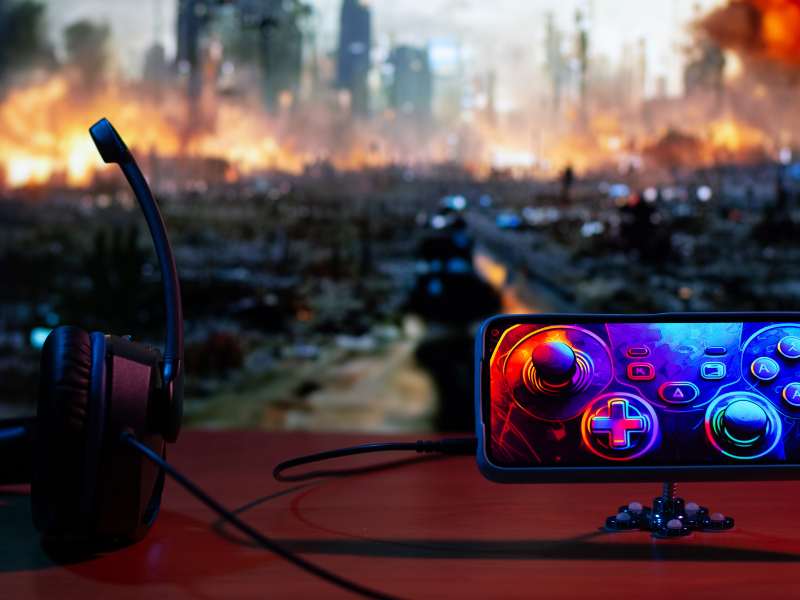
1. High Refresh Rate Monitors
– What Are High Refresh Rates
Explore what high refresh rates are and why they matter in fast-paced gaming.
– Top Picks
: Highlight the best monitors with high refresh rates on the market.
– Advantages
Discuss how high refresh rates contribute to smoother gameplay and reduced motion blur.
2. 4K Gaming Monitors
– The 4K Revolution
Discuss the rise of 4K gaming and why it’s gaining popularity.
– Top Picks– Present the top 4K gaming monitors with exceptional visuals.
– Benefits: Explain how 4K resolution enhances image clarity and detail in games.
3. Curved Gaming Monitors
Curved Monitor Advantages: Discuss the immersive experience offered by curved gaming monitors.
–Top Picks: Showcase the best-curved gaming monitors that provide an edge in gameplay.
–Gaming Realism: Explain how curved screens can make you feel more a part of the game world.
4. Ultrawide Gaming Monitors
The Ultrawide Advantage: Explore the benefits of ultrawide monitors for gaming.
Top Picks: List the top ultrawide gaming monitors for a wider field of view.
Multitasking: Explain how ultrawide screens are versatile for both gaming and productivity.
Finding the Perfect Monitor for Your Gaming Setup

Now that you’ve gained a solid understanding of monitor specifications, it’s time to embark on the exciting journey of finding the perfect monitor for your gaming setup. Choosing the right gaming monitor involves a blend of personal preferences, technical requirements, and budget considerations. In this section, we’ll guide you through the process step by step, ensuring that you make an informed decision tailored to your unique gaming needs.
Assessing Your Needs
Before diving into the sea of gaming monitors, take a moment to reflect on your gaming preferences and requirements. Ask yourself the following questions:
1. What Types of Games Do You Play?
Are you primarily into fast-paced first-person shooters, or do you enjoy immersive role-playing games? Different game genres have varying demands on your monitor. FPS gamers, for instance, might prioritize high refresh rates for smooth gameplay, while RPG enthusiasts might lean towards high-resolution displays for visual fidelity.
2. How Competitive Are You?
If you’re a competitive gamer, every millisecond matters. Consider a monitor with a low response time and high refresh rate to gain that competitive edge. However, if you’re a casual gamer who values visual quality and immersion, other factors like resolution and panel type might take precedence.
3. Do You Play Other Types of Content?
Is your monitor purely for gaming, or do you also use it for productivity tasks, content creation, or media consumption? If versatility is essential, you’ll want a monitor that performs well in multiple scenarios, such as an IPS panel with a decent refresh rate.
4. What’s Your Budget?
Set a realistic budget for your gaming monitor. While it’s tempting to go for the most expensive option, excellent monitors are available at various price points. Determine how much you’re willing to invest and stick to it, keeping in mind that a great gaming monitor doesn’t have to break the bank.
Budget Considerations
Balancing performance and cost is crucial when choosing a gaming monitor. Here’s a breakdown of how different budget ranges can influence your options:
Low Budget (Under $200)
In this range, you’ll find budget-friendly options that provide decent gaming performance. These monitors often feature 1080p resolution and may have lower refresh rates. They’re suitable for casual gamers or those with limited budgets.
Mid-Range Budget ($200 – $500)
The mid-range budget opens up a broader range of options. You can expect higher refresh rates, better panel types (like IPS), and improved resolutions (1440p). Monitors in this range strike a good balance between price and performance and cater to a wide variety of gamers.
High Budget ($500 and above)
For serious gamers and enthusiasts, the high-budget category offers top-of-the-line gaming monitors. These monitors often feature 4K resolutions, ultra-fast refresh rates, and premium panel types. They’re ideal for competitive gamers or those who demand the absolute best in gaming visuals and performance.
Transition
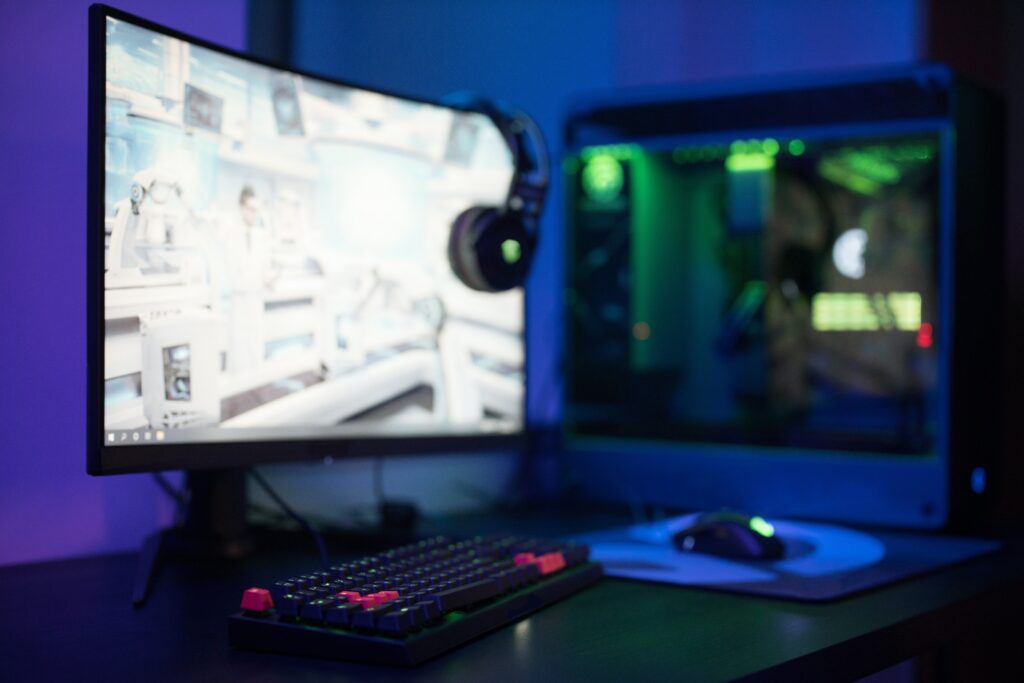
Now that you have a clear understanding of your gaming needs and budget, it’s time to explore some of the top gaming monitor brands known for their quality and performance. These brands offer a diverse range of monitors that cater to different gaming styles and preferences. In the following sections, we’ll delve into the offerings of ASUS, Acer, and Alienware (Dell), providing you with insights into their gaming monitor lineup and highlighting some of their best models. With this information, you’ll be well-prepared to narrow down your choices and find the perfect gaming monitor to complete your gaming setup.
Top Gaming Monitor Brands
1. ASUS
ASUS Gaming Monitors: Explore the ASUS lineup and what makes their monitors stand out.
Top ASUS Picks: Highlight the top ASUS gaming monitors for various gaming styles.
2. Acer
Acer’s Gaming Offerings: Discuss Acer’s reputation in the gaming monitor market.
Top Acer Picks: Present the best Acer gaming monitors catering to different gaming genres.
3. Alienware (Dell)
Alienware’s Gaming Excellence: Dive into the world of Alienware gaming monitors.
Top Alienware Picks: Showcase Alienware’s top gaming monitors for ultimate gaming experiences.
Top 5 Gaming Monitors 2023
As of my last knowledge update in September 2021, I can provide information about some top gaming monitors that were popular at that time. However, please note that the gaming monitor market is constantly evolving, with new models and technology advancements emerging regularly. Therefore, it’s essential to check the latest reviews and rankings to find the current top gaming monitors. Here are five gaming monitors that were highly regarded in 2021:
Key Features: 27-inch, 1440p (2560 x 1440) resolution, 165Hz refresh rate, IPS panel, NVIDIA G-Sync technology.
- Why It’s Popular: It offers a high refresh rate and G-Sync support, providing an exceptional gaming experience with smooth visuals and minimal screen tearing.
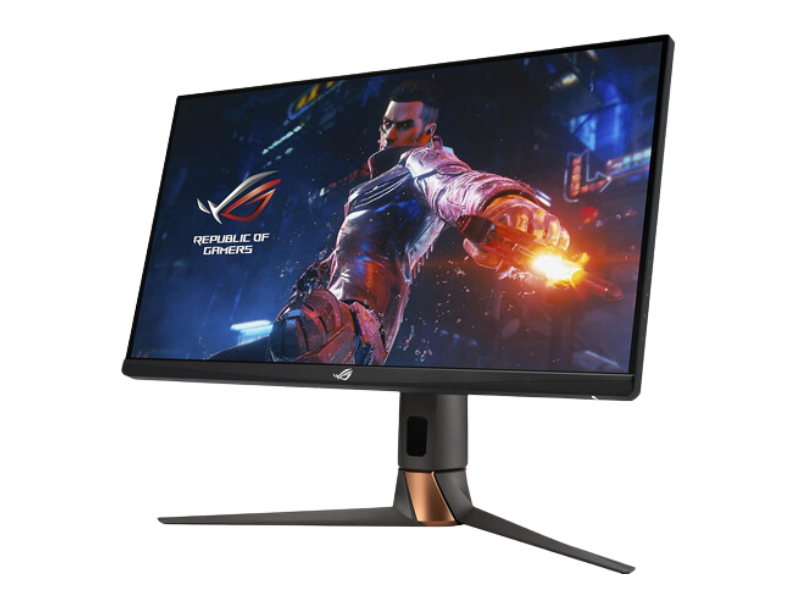
- Acer Predator X27
- Key Features: 27-inch, 4K (3840 x 2160) resolution, 144Hz refresh rate, IPS panel, NVIDIA G-Sync HDR.
- Why It’s Popular: This monitor offers 4K gaming with a high refresh rate and HDR support, making it an excellent choice for gamers who want top-tier visuals.

- Key Features: 34-inch ultrawide, 1440p (3440 x 1440) resolution, 120Hz refresh rate, IPS panel, NVIDIA G-Sync.
- Why It’s Popular: The ultrawide aspect ratio provides an immersive gaming experience, and G-Sync ensures tear-free gameplay.
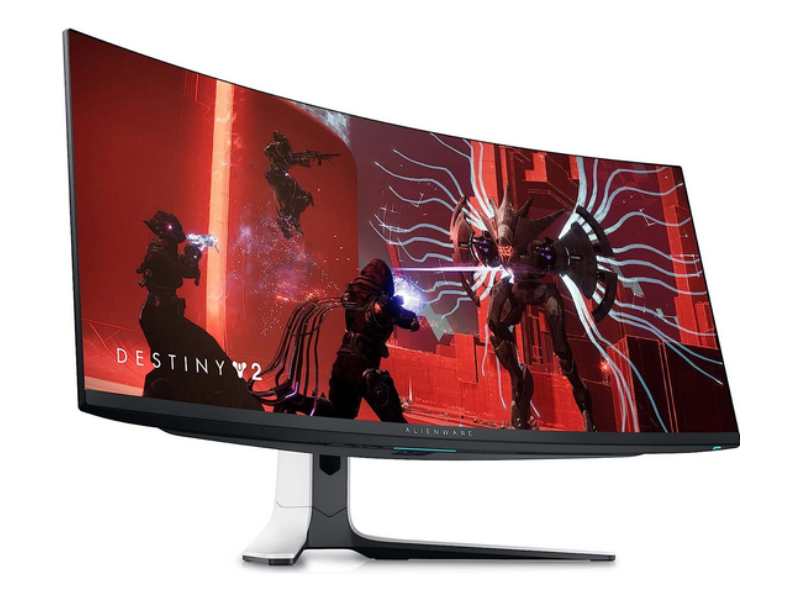
- Key Features: 27-inch, 1440p (2560 x 1440) resolution, 144Hz refresh rate, IPS panel, NVIDIA G-Sync compatible.
- Why It’s Popular: It offers a high refresh rate, excellent colour accuracy, and G-Sync compatibility at a more affordable price point.
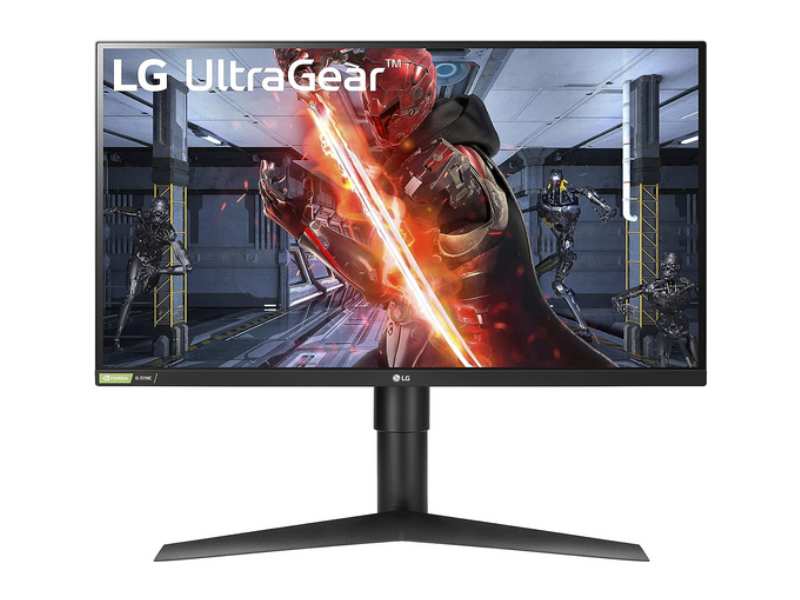
- Key Features: Available in 27-inch and 32-inch sizes, 1440p (2560 x 1440) resolution, 240Hz refresh rate, VA panel, FreeSync Premium Pro.
- Why It’s Popular: With its fast refresh rate and excellent contrast, the Odyssey G7 is well-suited for competitive gaming and offers an immersive experience.
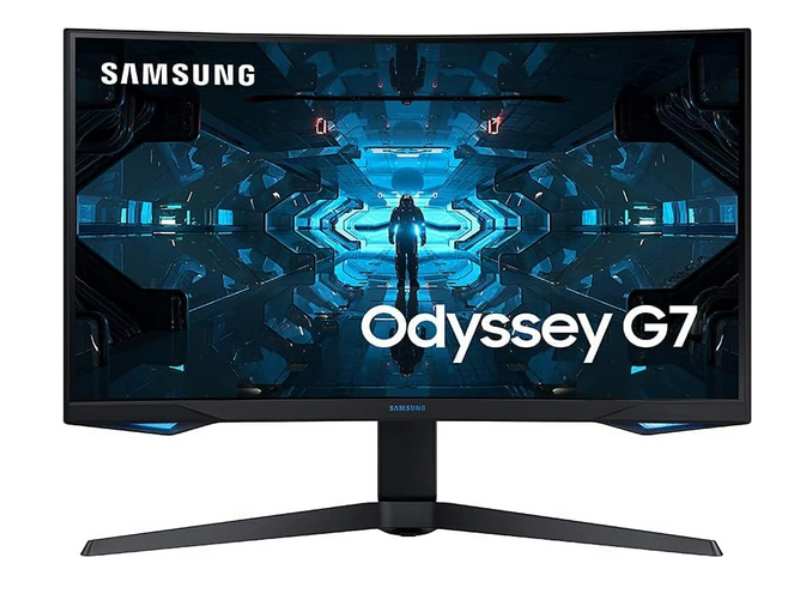
Please keep in mind that the gaming monitor market is dynamic, and new models may have been released since my last update. Additionally, your choice of a gaming monitor should consider your specific gaming preferences, budget, and requirements, such as screen size and resolution. It’s advisable to research and read reviews of the latest gaming monitors to make an informed decision based on the current offerings in the market.
Maintaining Your Gaming Monitor
Congratulations on selecting the perfect gaming monitor for your setup! Now that you’ve invested in a high-quality display to enhance your gaming experience, it’s essential to ensure that it remains in peak condition. Proper maintenance not only prolongs the life of your monitor but also ensures you continue to enjoy the best visuals and performance while gaming. In this section, we’ll explore some essential tips and practices for maintaining your gaming monitor.
Monitor Care: Keep It Pristine
1. Cleaning the Screen
Regularly cleaning your monitor’s screen is vital to maintain image clarity and prevent dust and smudges from accumulating. Here’s how to do it:
Power Off: Turn off your monitor and unplug it from the power source.
Use a Microfiber Cloth: Gently wipe the screen with a microfiber cloth. Microfiber is gentle on the screen and won’t scratch it.
Avoid Chemical Cleaners: Avoid using harsh chemicals or alcohol-based cleaners, as they can damage the screen’s coating. If necessary, dampen the cloth with water and gently wipe the screen.
2. Dust Prevention
Dust can accumulate in vents and ports, potentially leading to overheating and reduced performance. Prevent dust buildup by:
Regularly Dusting: Use a can of compressed air to blow out dust from vents and ports.
Keep the Area Clean: Ensure the area around your monitor is free of dust and debris.
3. Proper Storage
If you’re not using your gaming monitor for an extended period, consider storing it in a protective cover or case to prevent dust and damage.
Optimizing Settings: Peak Performance
1. Calibrating Colors
Calibrating your monitor’s colours can significantly enhance your gaming experience. Many monitors offer built-in colour profiles, but for more precise control:
Use Calibration Tools: Invest in a colour calibration tool to fine-tune colour accuracy. This is particularly crucial if you use your monitor for content creation.
2. Adjusting Brightness and Contrast
Optimize the brightness and contrast settings to suit your gaming environment. A too-bright or too-dark screen can strain your eyes and affect gameplay.
Avoid Eye Strain: Adjust brightness to a level that’s comfortable for your eyes during long gaming sessions.
Contrast Optimization: Balance contrast settings to improve visibility in dark or bright areas of games.
3. Energy Saving Modes
Enable energy-saving modes to reduce power consumption when your monitor is not in use. This not only saves energy but also prolongs the monitor’s life.
Protecting Against Physical Damage
1. Screen Protectors
Consider using a screen protector to protect your monitor from scratches and accidental damage. These are particularly useful if you have young children or pets around.
2. Monitor Covers
When your monitor is not in use, covering it with a dust-resistant monitor cover or a cloth can safeguard it from dust and potential accidents.
Regular Updates and Firmware
Manufacturers often release firmware updates to improve monitor performance and fix bugs. Keep your monitor up-to-date by regularly checking for firmware updates on the manufacturer’s website and following the installation instructions provided.
Avoiding Direct Sunlight
Exposing your monitor to direct sunlight can lead to overheating and screen damage. Position your monitor away from windows or use curtains or blinds to block direct sunlight.
Proper Cable Management
Neat and organized cable management not only looks aesthetically pleasing but also prevents cables from tangling or getting damaged. Use cable clips or Velcro straps to secure cables and keep them organised.
Regularly Check for Dead Pixels
Dead pixels can be an annoying issue. Periodically, use a dead pixel checker tool or perform visual checks to identify any dead or stuck pixels on your monitor. Some manufacturers offer warranties that cover dead pixel replacement within a certain period after purchase.
Elevating Your Gaming Experience
Conclusion: Summarize the key takeaways from the article and emphasize the importance of choosing the right gaming monitor.
Transition: But before we wrap up, let’s address some common questions about gaming monitors.
FAQs About Gaming Monitors
FAQ 1: What is the ideal monitor size for gaming, and why does it matter?
FAQ 2: Are gaming monitors suitable for other tasks like content creation or office work?
FAQ 3: Can I use a TV as a gaming monitor, and what should I consider if I do?
FAQ 4: How do I choose between a TN, IPS, or OLED panel for gaming?
FAQ 5: Is G-Sync or FreeSync technology more suitable for gaming, and do I need it?
FAQ 6: What is HDR, and is it essential for gaming monitors?
FAQ 7: Can I connect multiple gaming monitors for a multi-screen setup, and how does it affect performance?
FAQ 8: What are the future trends in gaming monitor technology to look out for?
Conclusion
Enhancing Your Gaming Arsenal: Sum up the importance of investing in a quality gaming monitor.
Empowering Your Gameplay: Encourage readers to take the knowledge gained from this guide to choose the best monitor that suits their gaming style.
Final Thoughts: Leave the audience with a final thought on the exciting world of gaming monitors and how they can elevate gaming experiences.
With this comprehensive guide, you’re now equipped to make an informed decision and elevate your gaming experience to new heights. So, go ahead and level up your gaming setup with the perfect monitor!

